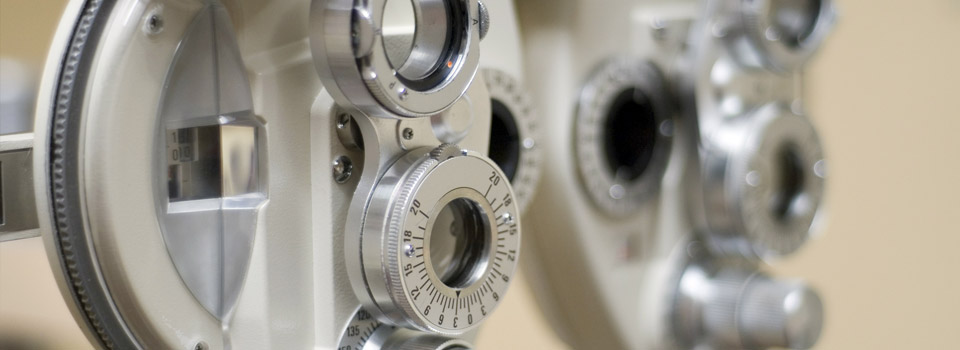Why is your eye doctor talking about the issue of obesity? While it’s true that your eyeballs don’t get fat, the impact of obesity on our health is a significant risk factor for ailments such as heart disease, stroke, hypertension, type 2 diabetes, high cholesterol, and cancer. It raises the risk vision loss from diabetic and hypertensive retinopathies, “strokes” in the eye, and macular degeneration.
Obesity rates in North America have been climbing over the past 40 years. By the 1970’s, people were living longer and heart attacks were on the rise. Consumption of dietary fat was (wrongly) thought to increase cholesterol and clog up our arteries. In 1977, American dietary guidelines were released advocating a low fat, high carbohydrate diet. Following this advice, we reduced our consumption of eggs, bacon, full-fat milk, butter, meats, etc. We ate more breakfast cereal, juice, pop, pasta, bread, margarine, and low-fat dairy. Trans-fats and added sugars replaced natural unprocessed fats in our diet. And what happened? We got fatter. Heart attacks did not decrease. Type 2 diabetes rates rose dramatically.
The other thing that changed during the 1980s-2000s was that we began eating more frequently. More carbs and less dietary fat lead to increased hunger between meals. In 1977, we ate a standard 3 meals per day (no snacks), and by 2003 we were eating an average 5-6 meals per day (3 meals + 2 or 3 snacks).
This combination of low fat/high carb eating and more frequent meals has affected the hormonal control of our metabolism and fat storage. Insulin is the major hormonal determinant of fat gain and loss, and insulin is triggered preferentially by sugars and refined carbohydrates. Eating frequent high carbohydrate meals causes prolonged levels of high insulin. This triggers fat storage and can eventually lead to insulin resistance and Type 2 diabetes. Two fascinating books to get more information on this subject are “The Obesity Code” by Jason Fung, and “Why We Get Fat” by Gary Taubes.
So how do we prevent the prolonged high insulin levels that may eventually lead to weight gain, cardiovascular disease, and Type 2 diabetes?
- Eat real food. Avoid added sugars and reduce highly refined carbohydrates (flour, breads, crackers, etc) and highly processed oils (margarine and vegetable oils). Enjoy full fat dairy, butter, avocado, olive oil, nuts, eggs, meats, vegetables, fruits, beans, legumes and whole grains.
- Eat less frequently. This allows your insulin levels to drop between meals, and triggers release of stored fat from cells. Go back to 3 square meals per day, with no snacks, with at least 12 hrs fasting overnight. Don’t be afraid to skip a meal – it is a myth that this slows down our metabolism!! Our basal metabolic rate actually stays stable, and you get fat-burning benefits while in the “fasted” state.
Even a small amount of weight loss, especially from that belly fat around our midsection, can significantly reduce the risk of diabetes and cardiovascular disease. The summer is a great time to clean up our eating habits and enjoy all the amazing local produce our area has to offer!
Dr. Lisa Scharf, OD

